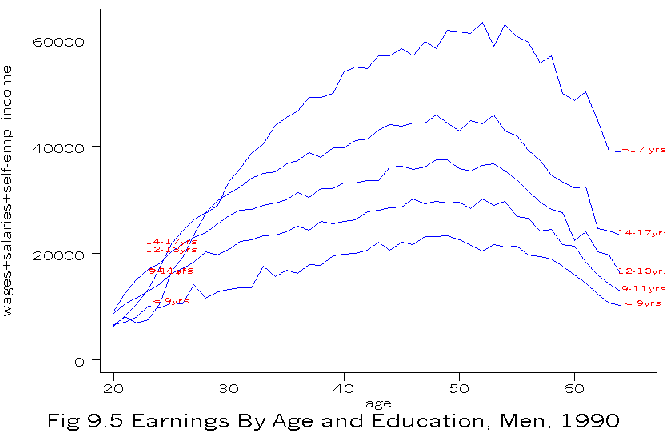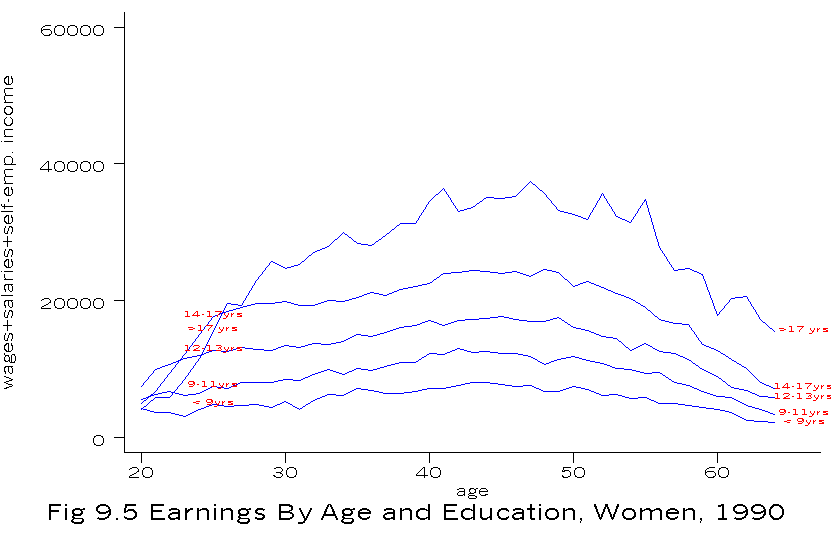Econ 360
Examination
in class: Thursday, April 3, 2002
Instructions
Begin at 11:30 AM. End before 12:55 AM. Leave backpacks,
coats, etc. at the back/side of the class. Take only writing instruments
to your seat. Leave an empty seat between students to the extent
possible. If you finish before 12:40 leave quietly. Otherwise,
wait until 12:55 to leave. (This is to let students concentrate near the end.)
Answer 3 of the 5 questions numbered 1-5. Pay attention
to the choices you are given within each question. Write your name and your student number on the front of each bluebook.
Your answers should be based primarily on the readings themselves, but
feel free to draw on the the knowledge and wisdom acquired throughout
this excellent course to form your answer.
Form your answer in two parts:
- An unstructured list of points you'd like to make: things from class, the
readings, homework that relate to the question. These can be sentence
fragments, graphs, equations, doodles, etc.
- A essay that makes the points from your list coherent to someone other
than yourself and maybe the course instructor.
The author's name and/or the corresponding letter are used to refer to:
- McCall, J. J. "Economics of Information and Job Search," The Quarterly Journal of Economics, Vol. 84, No. 1. (Feb., 1970).
- Nash, John F. "The Bargaining Problem," Econometrica, Vol. 18, No. 2. (Apr., 1950).
- Roy, A. D. "Some Thoughts on the Distribution of Earnings" Oxford Economic Papers 3, 1951, 135-146.
- Smith, Adam, The Wealth of Nations, selected sections.
- Spence, Michael, "Job Market Signalling," Quarterly Journal of Economics 87, 1973.
- Vaillancourt, Francois, "The Private and Total Returns to Education in Canada", Canadian Journal of Economics 28, 1995.
Practice Questions (will not appear on the actual exam)
- [Practice Question]
Pick 3 of the 6 sources A-F and compare and contrast the role information plays in the three theories or explanations of labour market phenomena.
- [Practice Question]
The following two graphs depict variation in earnings across three dimensions:
- sex
- age
- education level
Pick one of these dimensions and for your choice compare and
contrast what readings C, E, and F says about variation in earnings across
that dimension (in some cases the reading may not say much).


Questions
- Question
- Question
- Question
- Question
- Question



